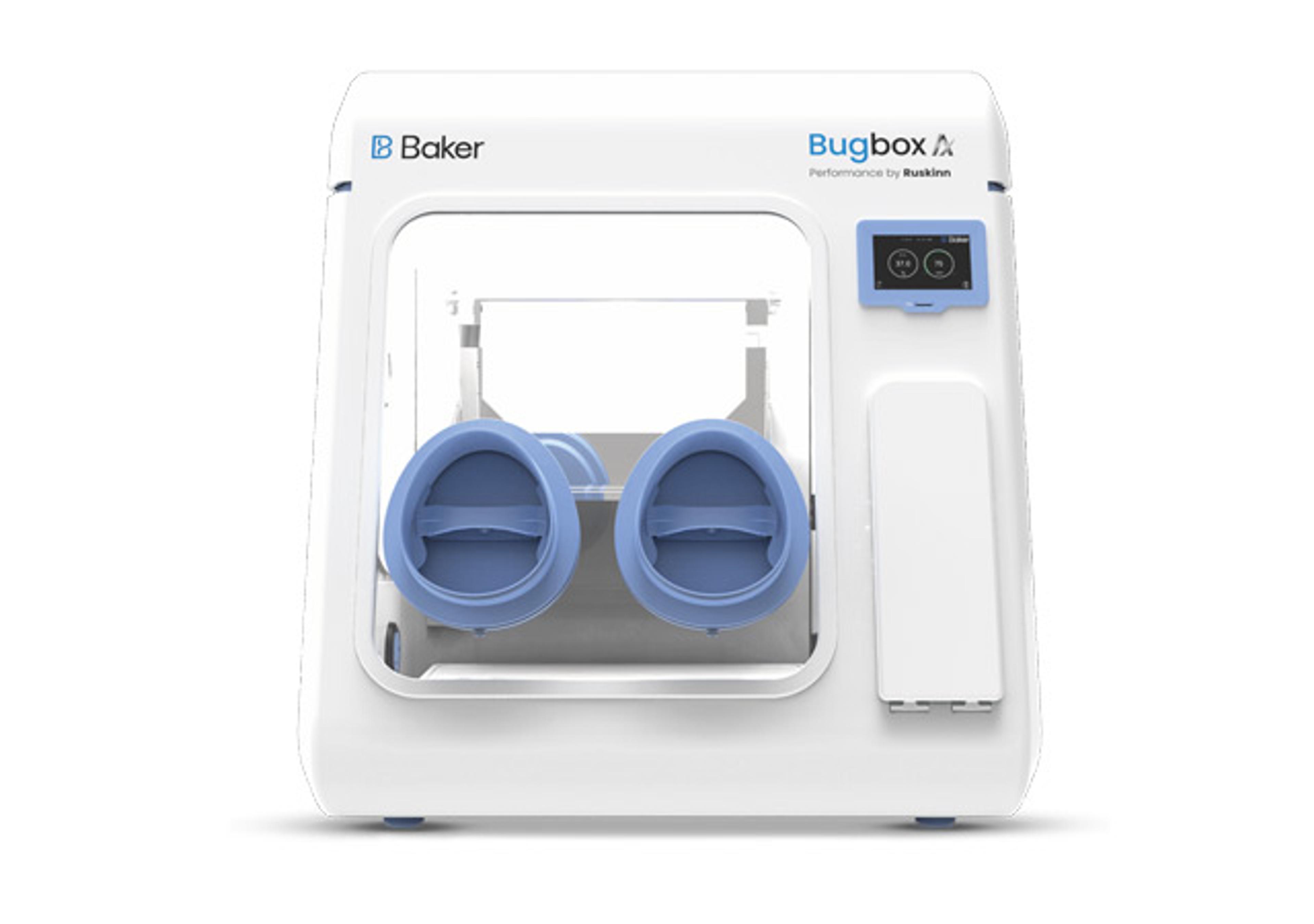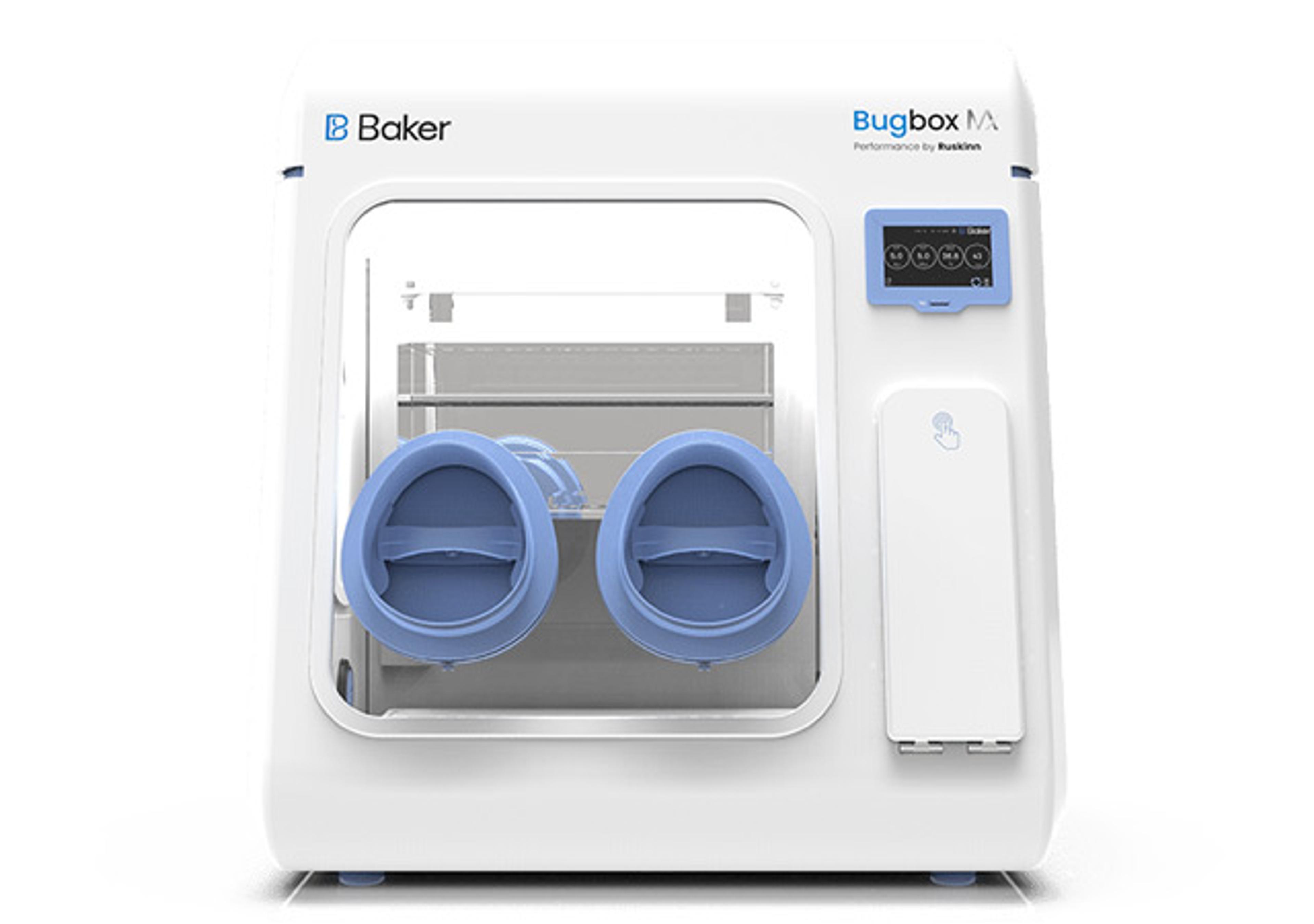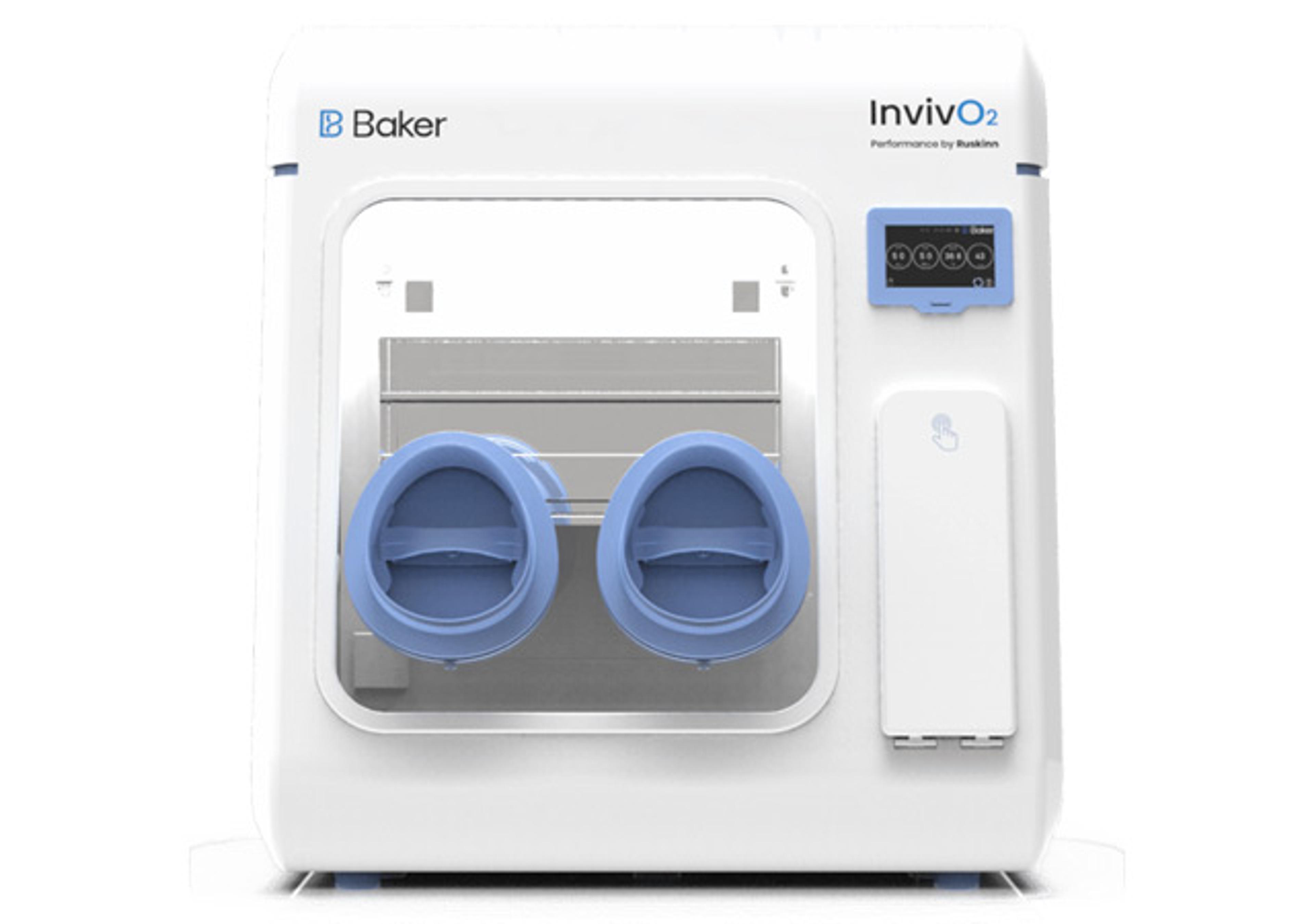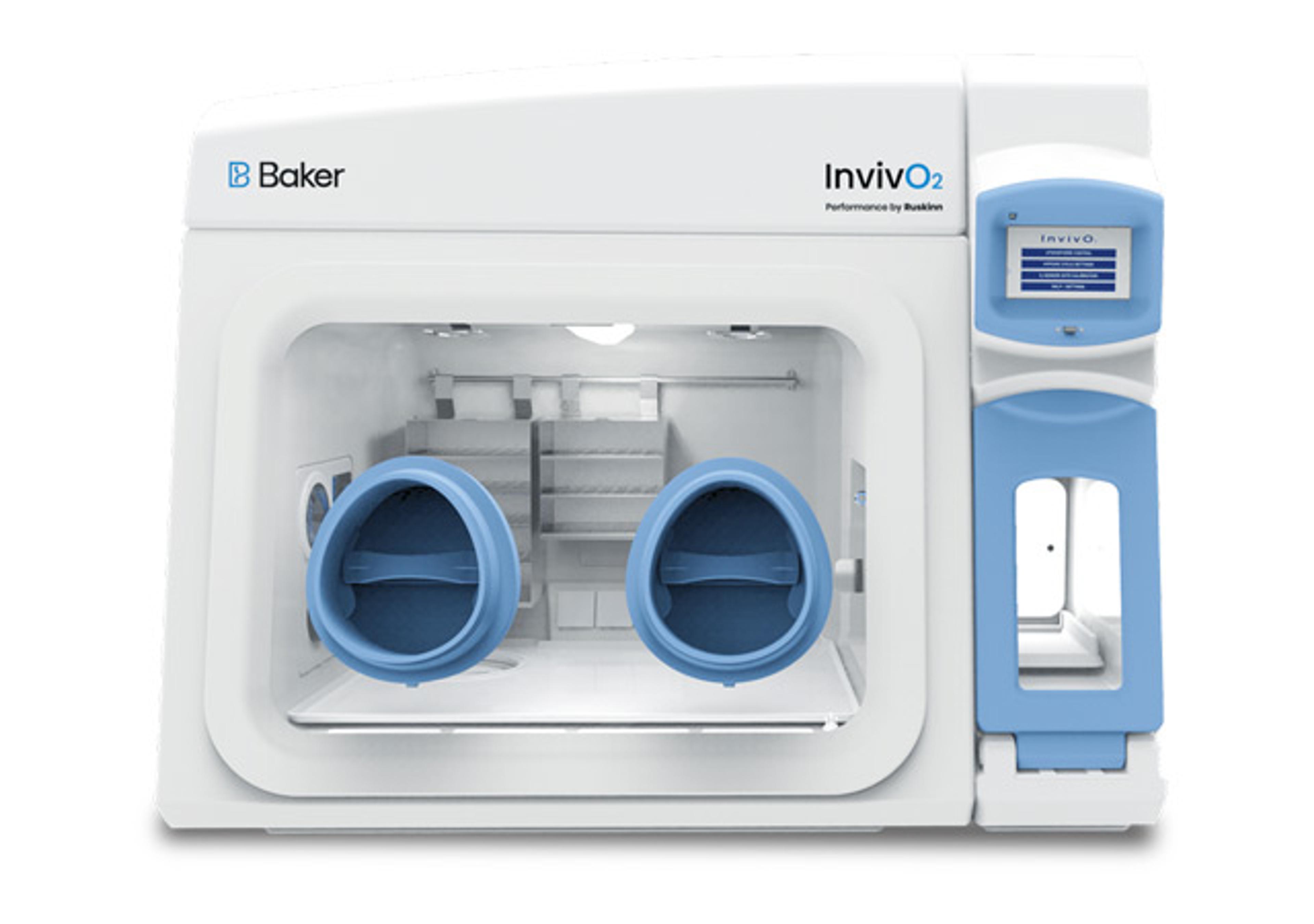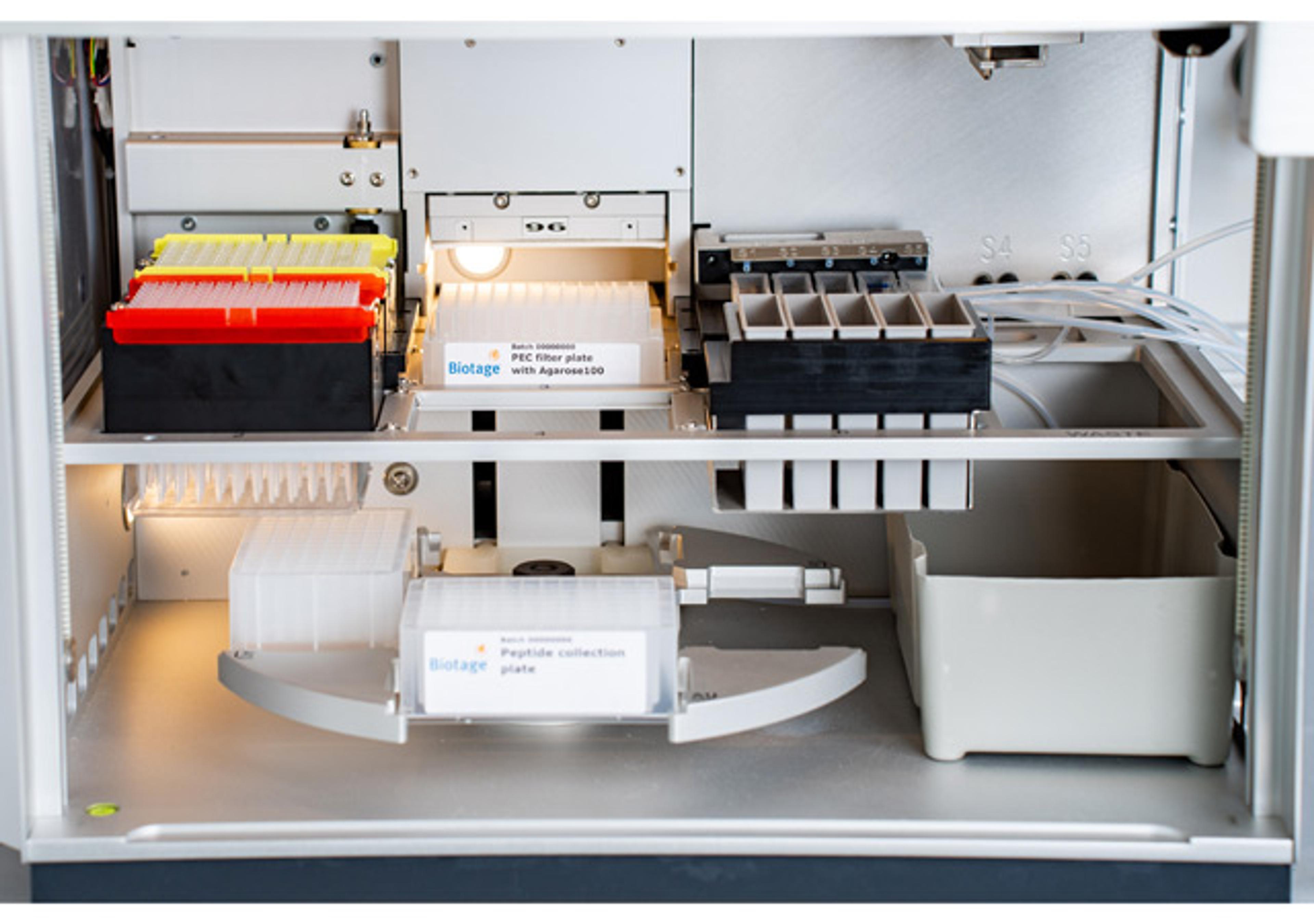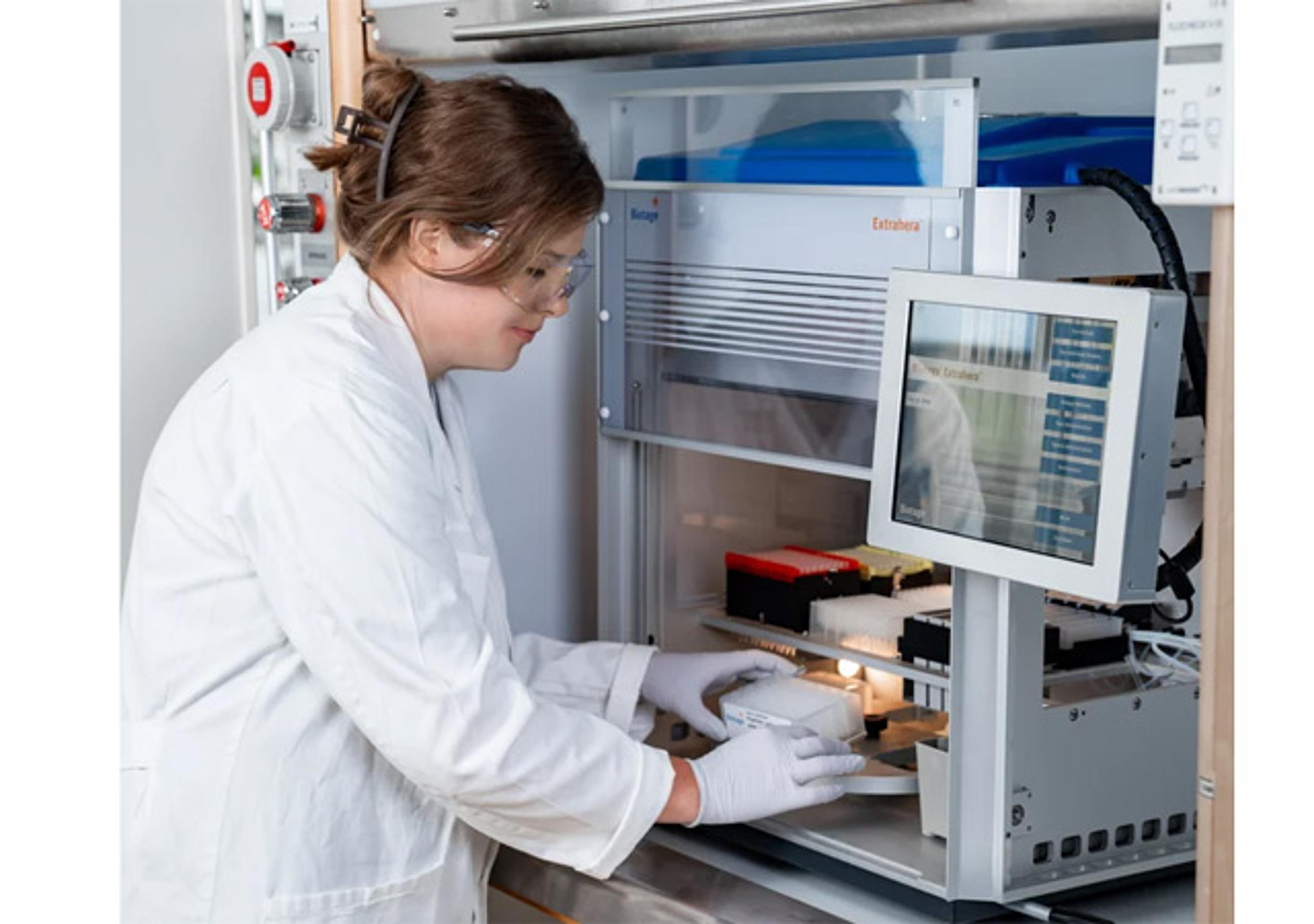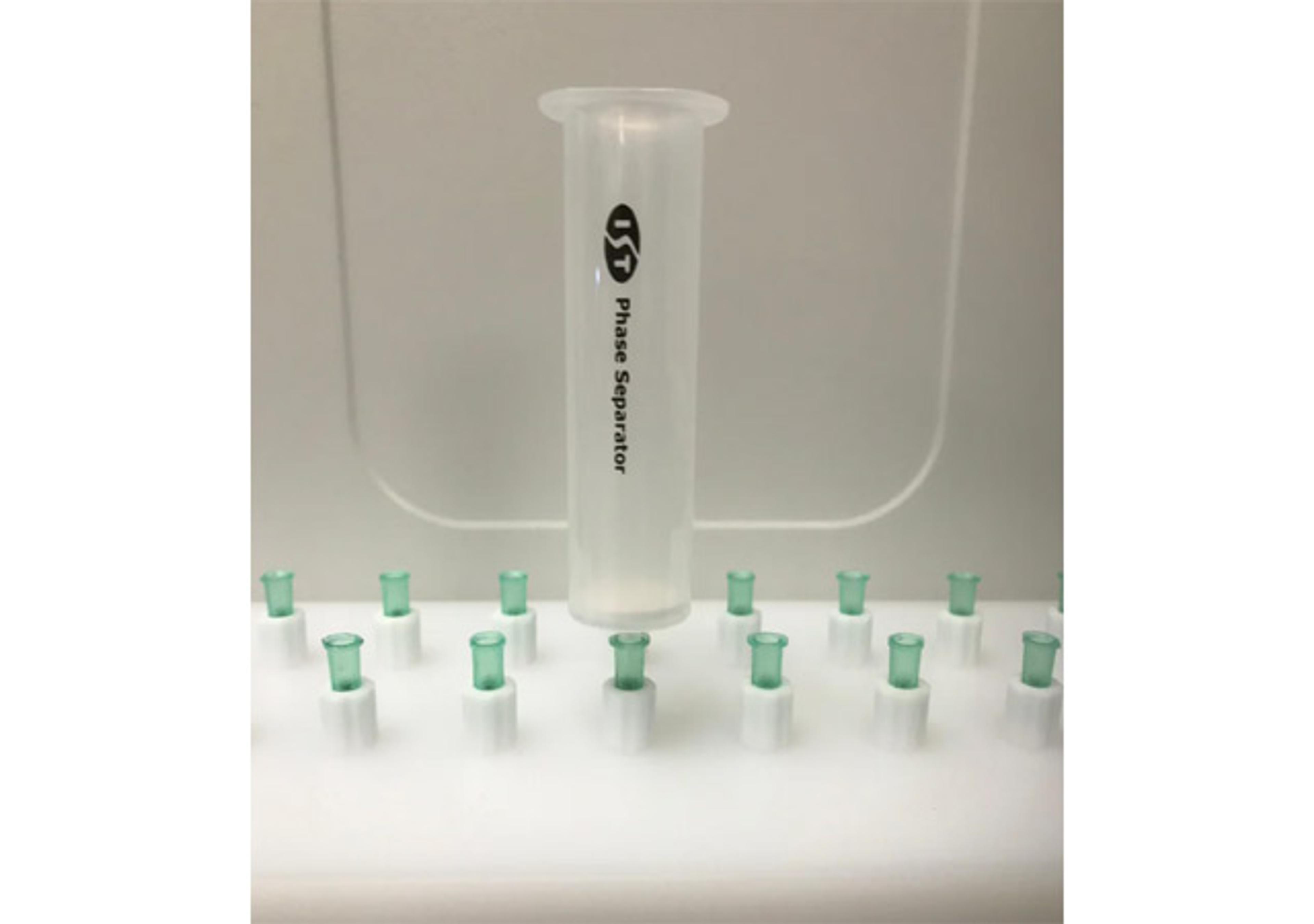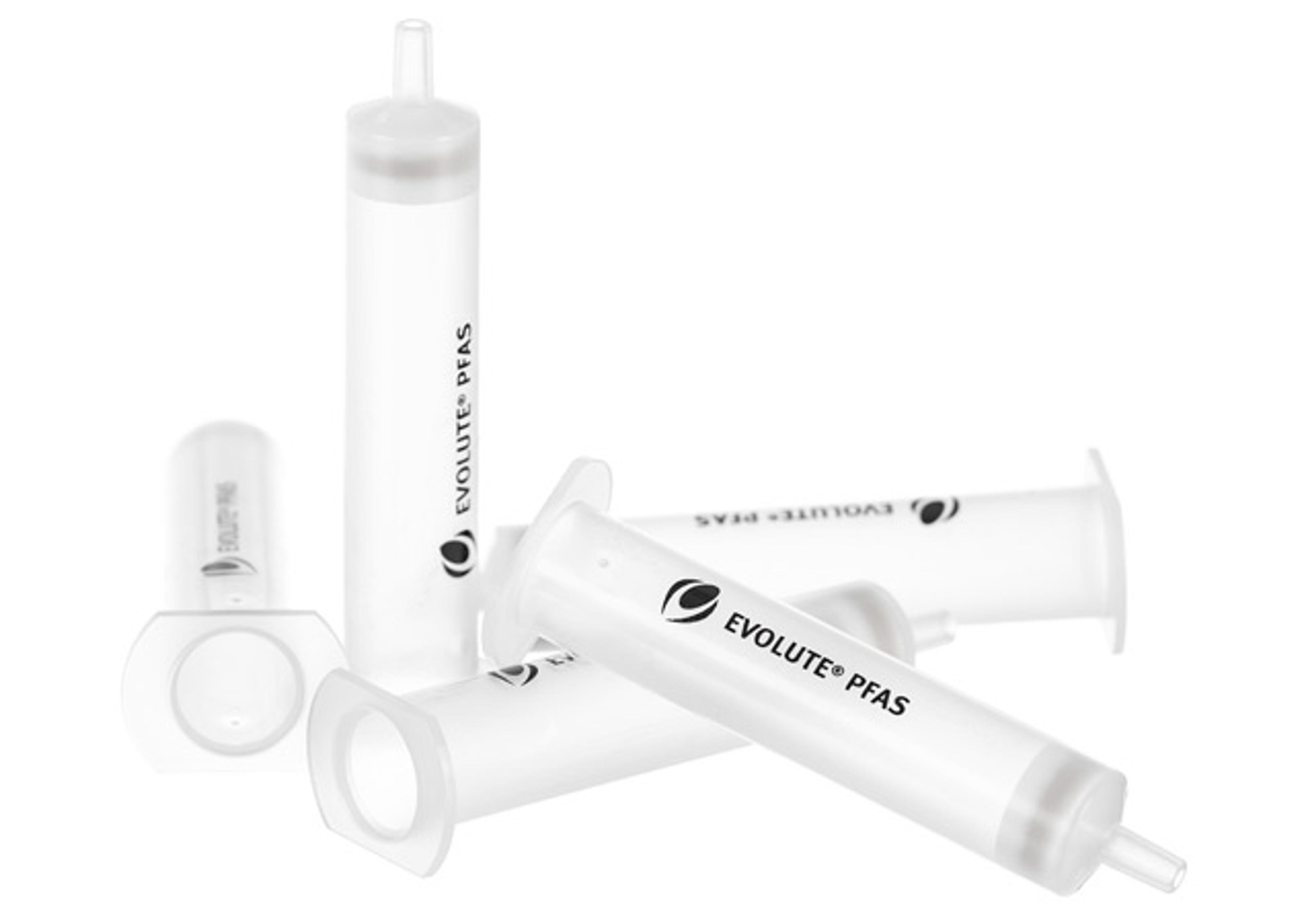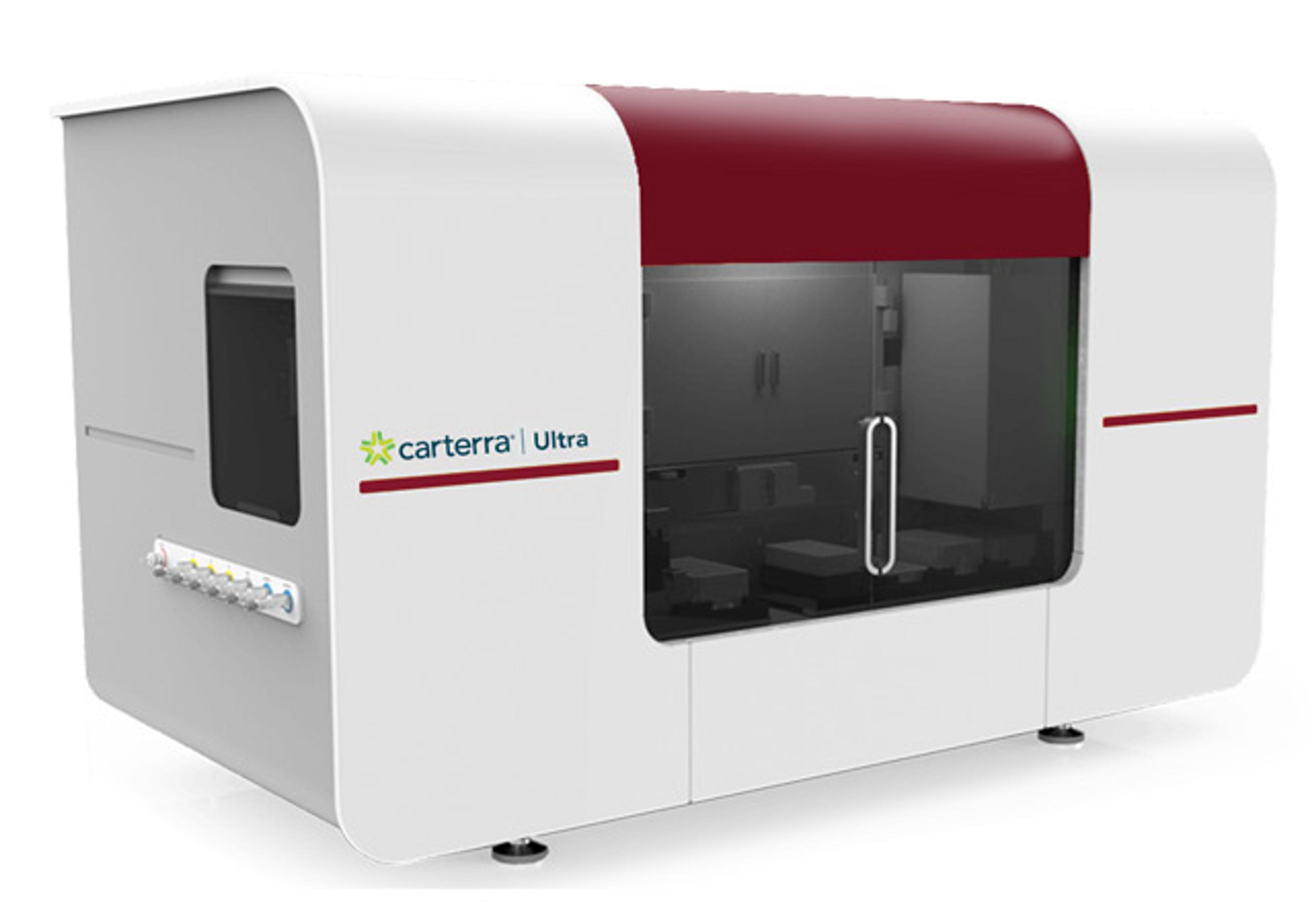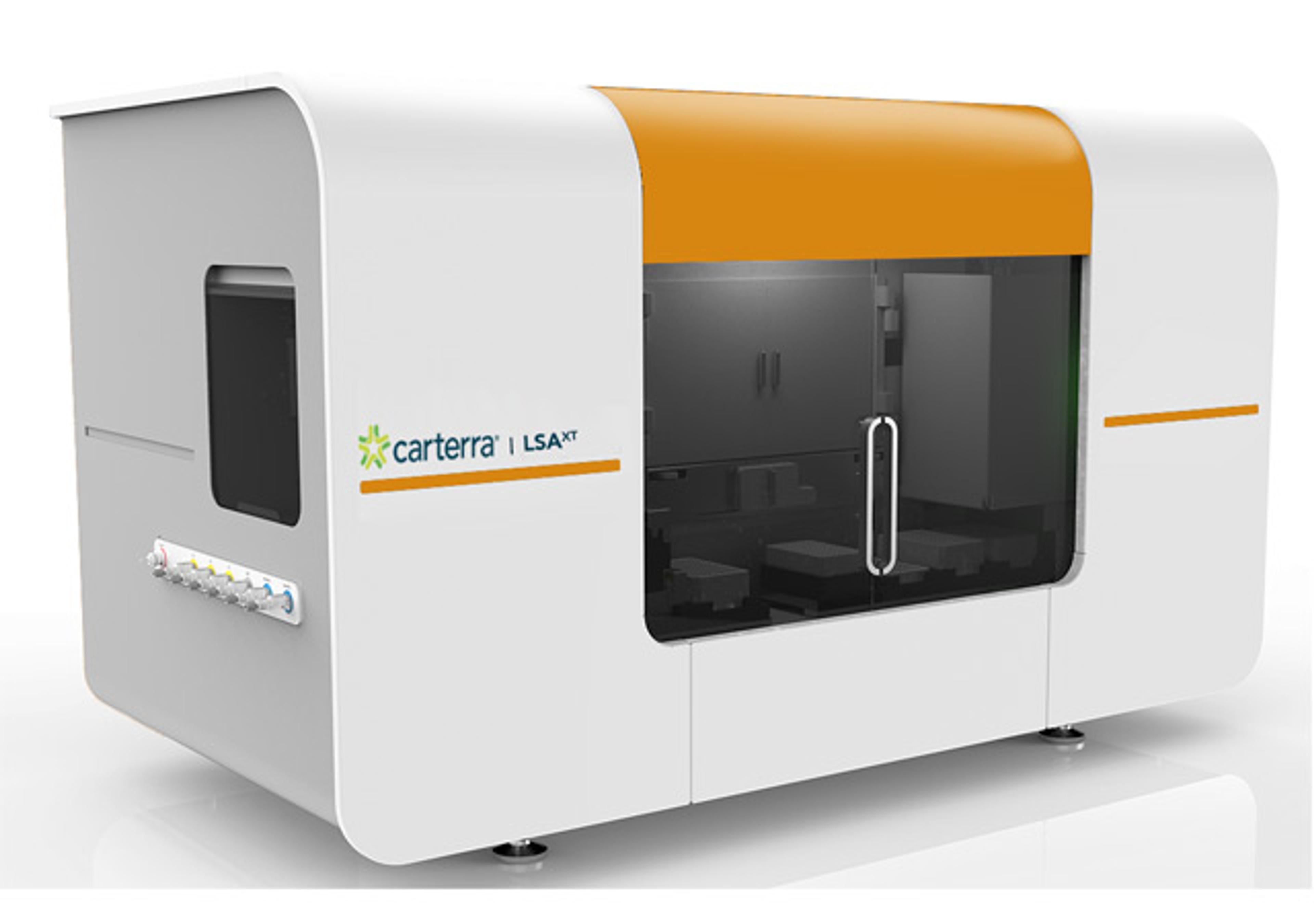t-PA (human)
High Quality Assays with Reproducible and Reliable Results

The supplier does not provide quotations for this product through SelectScience. You can search for similar products in our Product Directory.
The human t-PA ELISA is an enzyme-linked immunosorbent assay for the quantitative detection of human t-PA. The human t-PA ELISA is for research use only. Not for diagnosticor therapeutic procedures.Tissue-type plasminogen activator (t-PA) is a serine protease which occurs in blood plasma, serum, other body fluids, tissues and conditioned media of certain cultured cells. It can convert the inactive proenzyme plasminogen to the active protease plasmin. Plasmin can degrade fibrin, the matrix of a blood clot in a process known as fibrinolysis, leading to dissolution of the clot. Furthermore plasminogen activation is implicated in metastatic spread of malignant cells and in tissue remodelling. Fibrin has been shown to accelerate the conversion of plasminogen to plasmin which is mediated by t-PA. Through this pathway fibrin promotes its own degradation. Inhibitors to t-PA have been found in blood preparations, cell culture media and tissues. These plasminogen activator inhibitors -1 and -2 (PAI-1, PAI-2) react extremely rapidly with t-PA, forming inactive complexes. The availability of free active t-PA is regulated through this interaction. A correlation between low serum levels of t-PA activity and thrombotic tendency has been described. An impaired release of t-PA from the endothelium in Graves‘ disease with significantly lowered basal plasma t-PA levels was described. The clinical evaluation of t-PA levels in patients with liver diseases revealed a change of the t-PA levels in the clinical causes of these pathologies with increased t-PA levels with progression of the liver disease. Elevated levels of t-PA in serum were shown to occur in relation to retinopathy in type 1 diabetes mellitus. The major field of clinical interest is the field of diseases of the heart. t-PA plasma levels have been shown to be altered with the presence of transplant coronary artery disease in cardiac transplant recipients. t-PA is described as a factor correlating to the risk of development of cardiovascular disease as was shown for controls and long-term dialysis patients. Changes of t-PA levels were shown in myocardial infarction. In stroke patients, high t-PA antigen concentrations indicate an activation of the fibrinolytic system or a complex formation with the inhibitors.An anti-human t-PA coating antibody is adsorbed onto microwells. Human t-PA present in the sample or standard binds to antibodies adsorbed to the microwells. A HRP-conjugated anti-human t-PA antibody is added and binds to human t-PA captured by the first antibody. Following incubation unbound HRP-conjugated anti-human t-PA is removed during a wash step, and substrate solution reactive with HRP is added to the wells. A coloured product is formed in proportion to the amount of human t-PA present in the sample or standard. The reaction is terminated by addition of acid and absorbance is measured at 450 nm. A standard curve is prepared from 7 human t-PA standard dilutions and human t-PA concentration determined.




